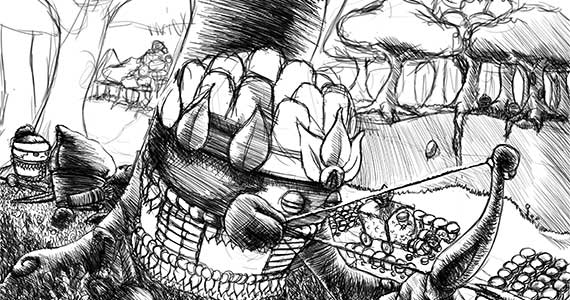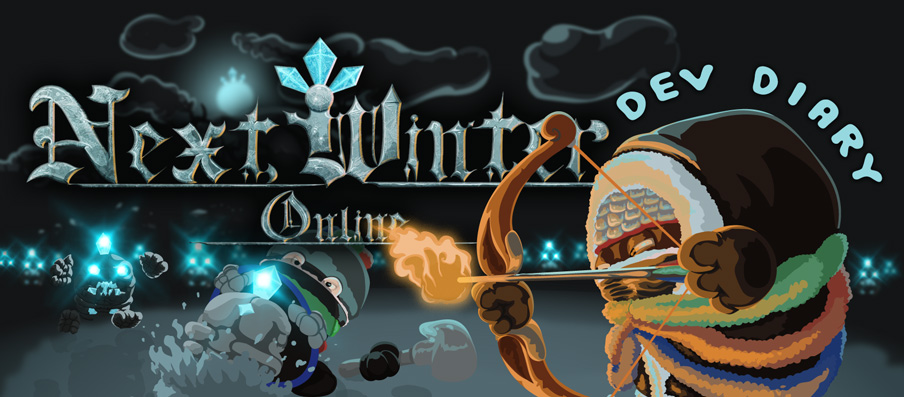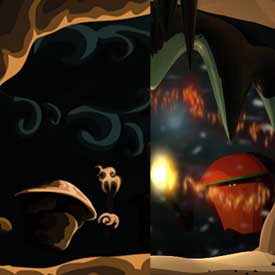Drawing graphics seems like a relatively easy part of developing a game. In reality there are a wide range of things that need to be considered. That's before you even get to aesthetic decisions on things like colors and genre.
This is usually the main factor that determines whether you go 2D or 3D. In a 3D world the camera angle is free to view from anywhere at any angle because the world is rendered in a 3D space. 2D however requires that a separate set of assets be drawn for every possible camera angle. This is why 2D games usually have a fixed camera angle and very few ever exceed 4 viewing angles.
To start with we are planning a top down view, on a slight angle. We are going to have a lot of assets that need to be drawn, even at this early stage. Multiplying our workload with more than one camera angle doesn't seem worth it.
Camera angle
This is usually the main factor that determines whether you go 2D or 3D. In a 3D world the camera angle is free to view from anywhere at any angle because the world is rendered in a 3D space. 2D however requires that a separate set of assets be drawn for every possible camera angle. This is why 2D games usually have a fixed camera angle and very few ever exceed 4 viewing angles.
To start with we are planning a top down view, on a slight angle. We are going to have a lot of assets that need to be drawn, even at this early stage. Multiplying our workload with more than one camera angle doesn't seem worth it.
Modularize the player

A big concern with making the assets for players is making sure they are interchangeable. Players will have the freedom to equip different combinations of weaponry and armour. So the graphics will need to be drawn in a way that allows for this to happen efficiently.
We are going to separate the hands and feet from the player's body. This will make it easier to animate movement using script rather than drawing thousands of animation frames.
We are going to separate the hands and feet from the player's body. This will make it easier to animate movement using script rather than drawing thousands of animation frames.
Lighting & Shading

This is a key part of an art style. It has a big effect on the depth and realism of finished graphics. In these early stages we will stick to a fixed light source and all graphics will adhere to it. This means are assets will all have a consistent shading angle so they look correct alongside each other.
Later in development we will revisit lighting and maybe implement a more dynamic approach. During my research i came across a very promising tool for 2D lightning called SpriteIlluminator. If you are considering a dynamic 2D lighting solution for your project be sure to check it out.
Later in development we will revisit lighting and maybe implement a more dynamic approach. During my research i came across a very promising tool for 2D lightning called SpriteIlluminator. If you are considering a dynamic 2D lighting solution for your project be sure to check it out.

